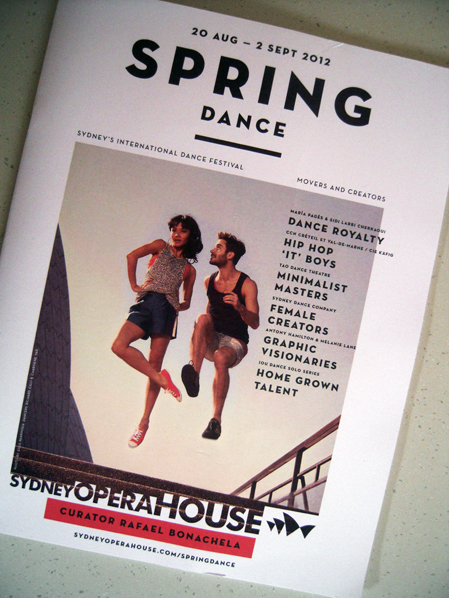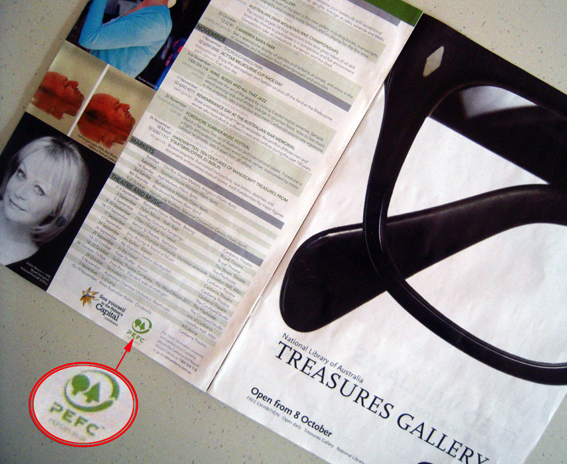An interesting publication arrived in the post from the NRMA. It’s a 32-page A4 landscape (appropriately enough given the cover and content) brochure which details the activities of the organisation over the previous year through the vehicle (sic) of stories from members and staff. It’s very nicely put together, lots of full-bleed photos and spreads, QR codes to link to the website and even a poignant introduction by Thomas Keneally who is pictured at North Head overlooking Sydney Harbour. You couldn’t get much more Aussie iconic.
I love the use of mini-narratives to highlight the work of the organisation – an acknowledgement of the power of story-telling to carry a message – and the photographs look great: just about everybody featured looks as if they’re having a laugh (apart from one teenage boy and a taciturn board member who keep it straight – hold it in boys). It’s been nicely printed on a quality coated stock by Offset Alpine although, for some reason, on my copy the cover has been trimmed a millimetre short top and bottom. No matter, it still looks fine.
It is exasperating then to see that the address sheet that accompanies the brochure is promoting a competition that encourages recipients to opt out of receiving the printed version of the review, ostensibly for the purposes of reducing the NRMA’s carbon footprint. This is ironic given the printed publication carries the PEFC logo for sustainably-managed forests (Note, sustainable – which means they are probably helping to reduce the amount of carbon dioxide in the atmosphere) and the ISO 14001 logo for environmental management. True, it doesn’t say that it is carbon neutral but I bet it would be possible and I’ve no doubt that a company such as Offset Alpine is working to reduce it’s carbon footprint and has already done so (Later: true, they closed down completely…).
Admittedly, the competition also offers the option for members to continue receiving the printed copy and there is no explicit link made between reducing carbon emissions and reducing print – although I would suggest that the link is heavily implied, perhaps misleadingly so. Is there any evidence that reducing the print run for this publication would cut carbon emissions or is it just another example of fuzzy group enviro-think: ‘Print is bad, therefore cutting print is good’? My guess is that it is more likely to be driven by budgetary concerns than any genuine desire to do something about climate change.
If you want to get a message out, to tell a story, then print as a medium has almost unrivalled cut-though, especially when it is done well, as in this case, with compelling content and attractive design. People will look at this publication, even if only briefly, and remember it. OK, so you could make it into a pdf and stick it on a server somewhere, maybe turn it into an interactive app, and I reckon that nobody would give a stuff. And it wouldn’t do much to save the environment either (where is the power coming from to run all those servers…?)
If something is worth telling, then it’s worth doing it in print. And if you do it well, don’t be embarrassed by it and undermine all that hard work by suggesting that it is somehow bad for the environment when it’s not.






